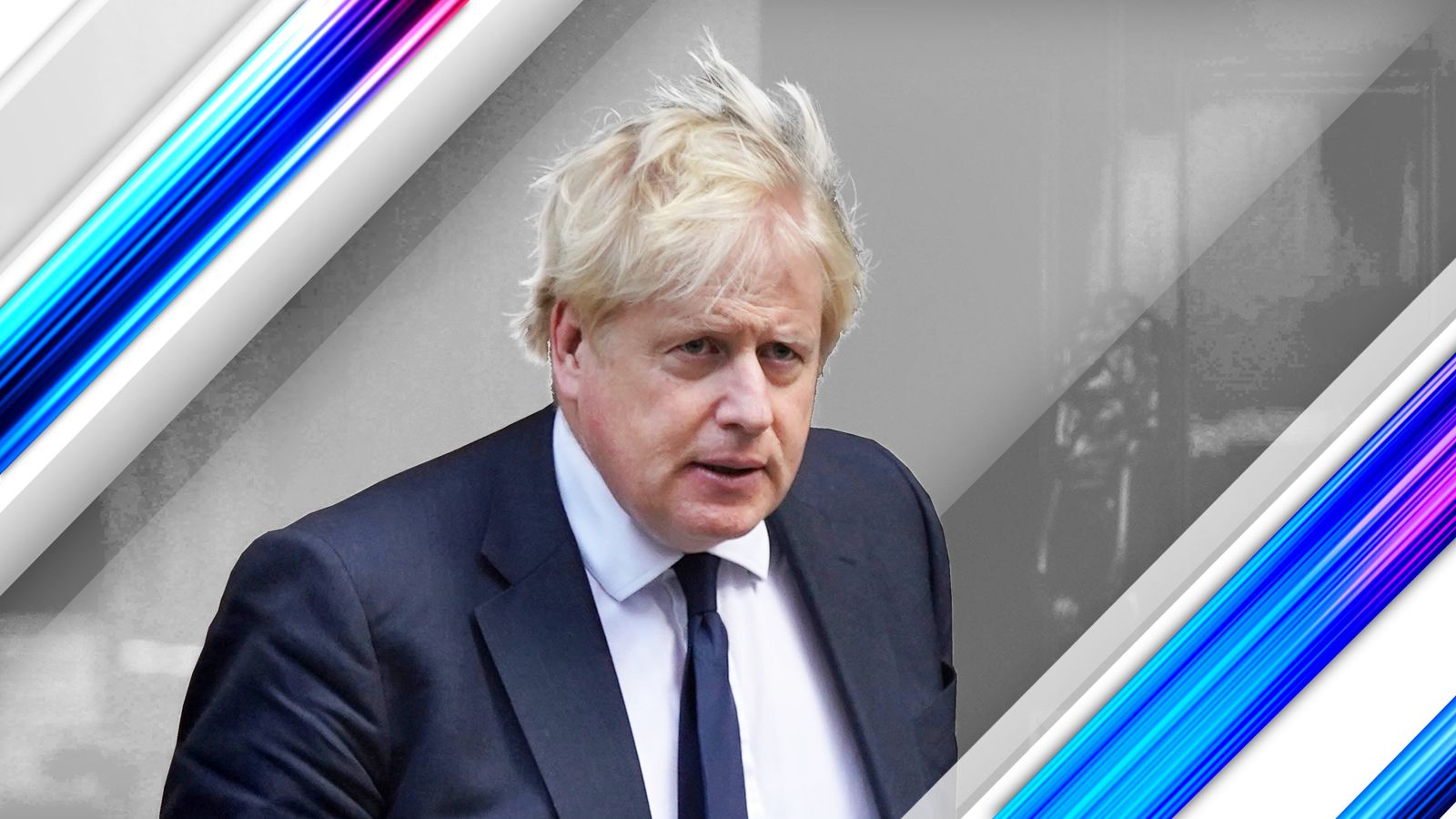These local elections were billed as the acid test for Boris Johnson.
The first ballot box test since the partygate scandal threw the prime minister into a leadership crisis and an emerging cost of living crisis, it was our first chance to see how tarnished the Tory brand had become, whether headline voting figures roughly matched national polls and how these local elections could read across to a general election.
On the first point, No 10 insiders were at pains last night to stress to me that these local elections were not, in their view, a referendum on Mr Johnson, while simultaneously keeping a watchful eye on rattled Conservative MPs.
Politics Hub: Lib Dem gains could spook Tory MPs weighing up PM’s future
Results centre: Check the result where you live
And by mid-afternoon, Mr Johnson emerged from this “grisly” night with enough seats saved in the Red Wall territory he took in 2019 to put down his poor performance to “mid-term” blues.
Very roughed up but not yet in the immediate danger zone, the Conservatives clocked up 271 losses with 121 out of 145 English councils declared, shy of the 350+ territory (that includes Scotland and Wales) that would have shown him caught in a pincer movement between a Labour Red Wall revival and Lib Dem Blue Wall assault.
And while one part of that pincer movement was out in full force – the Lib Dems eating into Tory territory in the South and South West – which we’ll come back to – a flat performance for the Tories in the Midlands and in the North, gave a little cushion for this embattled PM.
Local elections: Labour have chalked up some big symbolic wins but questions remain for Keir Starmer
UK and Japan set to agree new defence agreement as leaders meet in London
Local Elections 2022: Boris Johnson says MPs should ‘win seats based on merit’ in response to all-female shortlists
As he himself put it in his short TV clip as the results rolled in: the Conservatives had shown they could still win in parts of the country where they haven’t won before he came along (translation, don’t dump me 2019-ers).
And for those MPs in the Tory shires, where the PM clearly has lost support, the focus has to be on tackling matters that voters care about – the cost of living crisis and recession coming down the tracks (translation to mutinous London and shire Tories, don’t change leader now, the public won’t forgive you).
Some crumbs of comfort then for Mr Johnson – and for Labour some rays of hope.
Please use Chrome browser for a more accessible video player
Progress for Labour – but not enough to win a general election
Big gains in London as the Labour Party took Tory territory and delight too at the prospect of Labour coming second in Scotland and beating the Tories into third place.
But overall, this is not the performance that Sir Keir Starmer would have wished for, as the Lib Dems emerged the clear winners from these elections rather than Labour.
With over 50 gains with 121 out of 146 English councils declared, this was “we are making progress” territory.
But what Labour had wanted to see was whether these local election results would track with national polling.
Although this is hard to measure because of low turnout and the fact that not all parts of the country are going to the polls, it nevertheless is a useful snapshot.
And the bad news for Sir Keir is that Labour’s vote share was smaller than in a national vote share, with the Lib Dems picking up votes.
Progress, but nowhere near enough to catapult Labour near to winning an election.
What these results show instead is the UK heading to a hung parliament if they were replicated in a general election.
Please use Chrome browser for a more accessible video player
Based on election results from 1,700 wards and an analysis of change in vote share since 2018 across 87 local authorities, our Sky News projection would see Mr Johnson lose his overall majority (and its 79 seats currently, so that hurts) but remaining the largest party in a hung parliament on 278 seats ahead of Sir Keir on 271.
The biggest danger for Boris Johnson
Only projections of course, but Mr Johnson being 48 seats short of a majority will give his party something to think about, particularly since his is now a Conservative Party without the option of a coalition partner (having eviscerated the Lib Dems in 2015 after the coalition and having completely fallen out with the DUP).
But Labour’s failure to become the largest party after four election defeats will give his MPs something to think about too.
Sir Keir is still not really cutting through, and now with his own very particular leadership challenge, a police investigation into whether he too broke COVID regulations.
The only leader with something to smile about then is Sir Ed Davey of the Lib Dems, snaffling up Tory territory from Oxfordshire to Somerset and Woking, and on our projections his party would be on track for 28 seats.
And for Mr Johnson this is perhaps the biggest danger that has emerged today: the shift again of liberal Conservatives away from Mr Johnson’s Brexit Tories and back to the Lib Dems.
And the worry for Mr Johnson isn’t so much about these results today, but what is coming down the tracks between now and the next election, with a recession looming and double digit inflation.
A horizon that could push even more voters away come 2024.





















